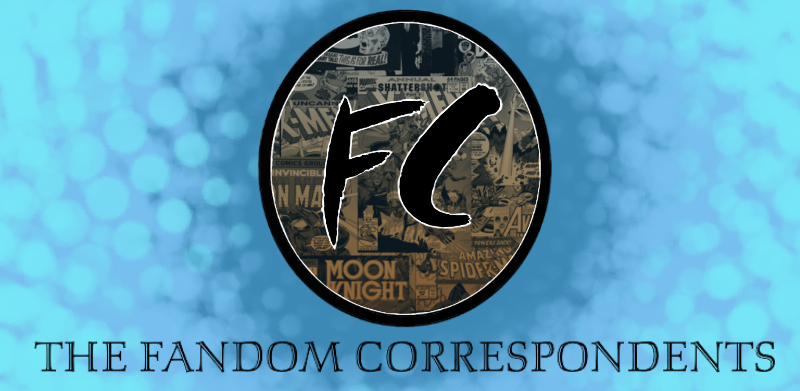Hello, and welcome to Week 2 of Fandom Horrorfest 2020! This week, I’ll be focusing on horror directors and the contributions they’ve made to our favorite genre. While I could’ve gone the direction of just talking about the more popular horror masters, I figured 1) you could get that kind of list literally anywhere on the internet, and 2) why not include some more diverse creators, because diversity, much like horror, is kickass! So please enjoy week 2, and I hope it encourages you to look into some movies and creators that you hadn’t thought about before!
Bernard Rose
When one talks about some of the master horror directors and producers, Clive Barker’s name is usually one of the first to come up. His work is prolific, as evidenced by his creation Hellraiser already making an appearance on this list. However, as significant as his boy Pinhead has been to the development of the genre, another of his creations has arguably contributed more to the culture–the Candyman films. Furthermore, Candyman would probably not have had the same cultural impact without the direction from filmmaker Bernard Rose.
Candyman continued Barker’s style of blurring the real with the supernatural, but its true significance lied in bringing the genre to a more urban environment thanks to Rose. Rose was responsible for bringing the story of Candyman out of Barker’s Liverpool into the infamous borough of Cabrini-Green in Chicago, a project known for its high rates of crime and poverty. By setting the story in urban America and basing it off inner-city folklore, Rose helped usher in Candyman’s significant success in the States. Rose was also able to complement Barker’s style of supernatural-realistic blending by driving the movie’s narrative into an intercultural experience. The film’s protagonist Helen Lyles invades Cabrini-Green to research the Candyman legend for her graduate work, and, blinded by her socioeconomic and racial privilege, disregards the locals’ warnings and gets wrapped up in the gruesome world where the legend and reality blend, manifesting in both supernatural and human elements that highlight the poverty and class struggle throughout the borough. While many people have in the last couple of years have pointed to Midsommar as a new classic for the moral “Don’t appropriate and dissect what you don’t understand,” Rose’s treatment of Barker’s Candyman project is a much better example of how our own hubris in the environment of others can lead to our own downfall.

